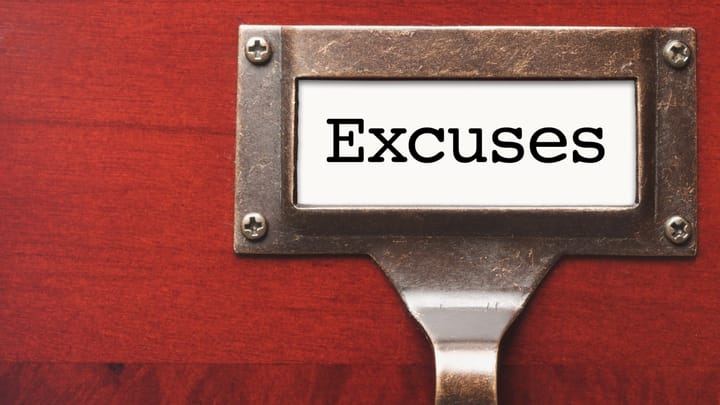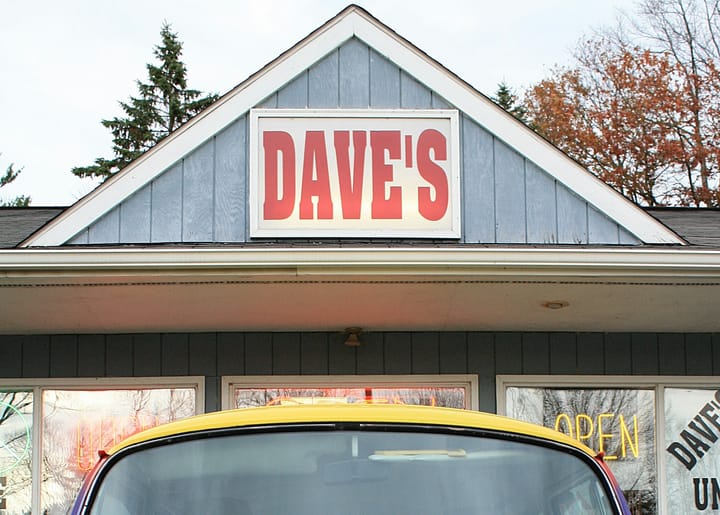7 Different Ways to Create the Perfect Parody Campaign

In a world where consumers are bombarded with thousands of ads daily, it takes something special to stand out. One of the most effective strategies is the use of parody campaigns. Using humour, satire, and cultural references, brands can capture attention, generate engagement, and even provide thought-provoking social commentary. Here are seven ways to create the perfect parody campaign, with multiple real-world examples illustrating each technique.
1. Shift Perception by Embracing Pop Culture and Trends
Concept: Utilize familiar elements from popular culture or current trends to shift the audience's perception of your product or brand.
- Example 1: "BookBook" by IKEA (Agency: BBH, 2015)
IKEA parodied Apple’s tech product-launch films by presenting its 2015 paper catalogue as the latest "tech product"—the "BookBook." The ad mimicked Apple’s sleek marketing style, showcasing features like “eternal battery life” and “touch technology.” This humorous campaign generated over 16 million views and shifted the perception of IKEA's catalogue from dull to exciting. - Example 2: "If We Made It" by Newcastle Brown Ale (Agency: Droga5, 2014)
Newcastle Brown Ale created a fake behind-the-scenes campaign, mocking the over-the-top nature of Super Bowl ads. The campaign, "If We Made It," humorously detailed the making of the "greatest ad that never happened" due to their lack of budget, poking fun at the extravagance of Super Bowl commercials and positioning Newcastle as a down-to-earth alternative.
How to Apply: Identify a current trend or popular culture reference that aligns with your brand. Use humour to parody these elements and shift how your brand is perceived.
2. Unite Your Fan Base Through Parody
Concept: Create a parody that taps into the shared interests or humour of your audience to strengthen brand loyalty.
- Example 1: "KFC Clean Eating Burger" (Agency: BBH, 2017)
To promote its "Dirty Louisiana" burger, KFC created a spoof ad featuring a fictional health food vlogger, Figgy Poppleton-Rice, who promotes a ridiculous "Clean Eating Burger." The ad humorously crashes into a promotion for the "Dirty Louisiana" burger, uniting KFC's fan base around their shared enjoyment of indulgent fast food. - Example 2: "Web of Fries" by Taco Bell (Agency: Deutsch, 2018)
Taco Bell’s “Web of Fries” used a suspenseful movie trailer format to introduce its new fries, engaging its audience with a playful take on conspiracy theories. This creative approach entertained and tapped into the fan base’s love for surprises and humour.
How to Apply: Use parody to create content that resonates with your audience's values or tastes. Make them feel part of an inside joke or shared culture.
3. Highlight Problems by Parodying Social Norms or Behaviors
Concept: Use satire to critique social behaviors or norms, positioning your brand as a solution to a perceived problem.
- Example 1: "Nature’s Closing Down Sale" by Born Free Foundation (Agency: Engine Group, 2019)
This campaign used the familiar format of a Black Friday sales ad to highlight the decline of wildlife populations, turning the language of consumerism on its head to promote wildlife conservation. - Example 2: "#littlemoneybigfun" by KFC (Agency: McCann, 2015)
KFC’s “#littlemoneybigfun” campaign parodied the “rich kids of Instagram” phenomenon, using humour to promote affordable menu items. The exaggerated posts mimicked the lives of the wealthy but with a humorous twist, showing that you don't need to be rich to have a good time at KFC.
How to Apply: Identify a social behaviour or norm your audience finds humorous or problematic. Use parody to critique this behaviour, presenting your brand as the better alternative.
4. Use Parody to Disguise the True Intent of Your Ad
Concept: Develop a campaign that appears to be one thing but reveals itself as another, surprising the audience and keeping them engaged.
- Example 1: "Web of Fries" by Taco Bell (Agency: Deutsch, 2018)
Taco Bell’s ad starts as a suspenseful movie trailer, only to reveal that it's promoting their new fries. The unexpected twist kept the audience entertained while effectively highlighting the product. - Example 2: "Newscast" by UN Women (Agency: Erich & Kallman, 2020)
UN Women used the format of a traditional news broadcast to present shocking facts about gender inequality. The campaign starts with what seems to be a typical newscast but uses irony and humor to make the serious content more engaging and memorable.
How to Apply: Start with a misleading premise or familiar format. Use humour and surprise to reveal your message or product, making the audience feel they're in on the joke.
5. Use Spoof Documentaries to Engage and Entertain
Concept: Use a documentary format to mock serious topics, making your campaign both memorable and engaging.
- Example 1: "Please Don't Travel Under the Social Influence" by Tourism NZ (Agency: Yarn, 2021)
Tourism New Zealand created videos parodying the behaviour of social media influencers, urging tourists to explore beyond typical "Insta-famous" locations. The campaign humorously highlighted the dangers of such behaviours while promoting unique travel experiences in New Zealand. - Example 2: "Ring in Spring with Phyllis" by JOANN (Agency: Where Eagles Dare, 2021)
This campaign turned a brand message into a humorous spoof documentary to introduce seasonal products in a fun and engaging way. The use of a well-known TV character and the parody format captured attention while subtly promoting the brand's offerings.
How to Apply: Choose a topic related to your product or message and create a mockumentary that uses humor to deliver your brand's story compellingly.
6. Parody Common Advertising Tropes
Concept: Make fun of typical advertising clichés to stand out and provide a fresh perspective on your brand.
- Example 1: "The Togetherness Bottle" by Oasis (Agency: The Corner, 2019)
Oasis’s campaign poked fun at the earnest, purpose-driven ads that had become common, creating an exaggeratedly emotional narrative about a bottle that brings people together. The ad stood out by humorously challenging a tired advertising trope. - Example 2: "Infrequent Flyers Club" by Tigerair (Agency: McCann, 2015)
Tigerair turned the concept of a frequent flyer program on its head by creating the "Infrequent Flyers Club," a humorous campaign that celebrated budget-conscious travellers and positioned flying with Tigerair as a smart choice.
How to Apply: Identify familiar tropes in your industry or popular advertising styles. Create a parody that humorously challenges these conventions, positioning your brand as a refreshing alternative.
7. Parody to Challenge Social Norms or Suggest Alternatives
Concept: Use parody to critique or suggest alternatives to existing social trends or behaviours.
- Example 1: "Mission Iceland" (Agency: Inspired by Space Tourism)
Iceland's "Mission Iceland" campaign humorously suggested that tourists should consider visiting Iceland instead of pursuing expensive and uncertain space tourism. The campaign mimicked the excitement of space travel while promoting Iceland’s earthbound wonders. - Example 2: "Nature RX" (Agency: Grassroots Movement, 2015)
Nature RX created humorous videos parodying pharmaceutical ads to promote the benefits of spending time outdoors. By mimicking the language and style of traditional ads, the campaign cleverly highlighted the healing aspects of nature.
How to Apply: Parody a trend or behaviour to position your brand as the preferred or more accessible option.
Summary
Parody campaigns remain a powerful tool for brands looking to break through the noise and connect with their audience. By embracing humour, cultural relevance, and clever storytelling, brands can create memorable campaigns entertaining and communicating a clear message. Whether leveraging pop culture, challenging social norms, or uniting a fan base, these updated strategies—bolstered by multiple examples—can help you craft the perfect parody campaign.



